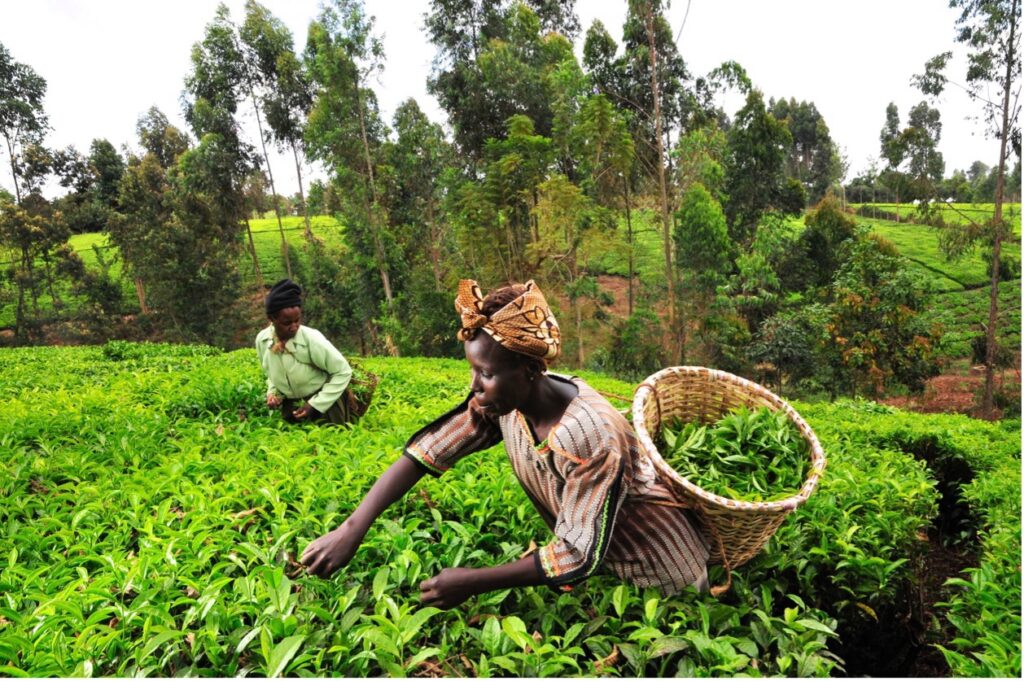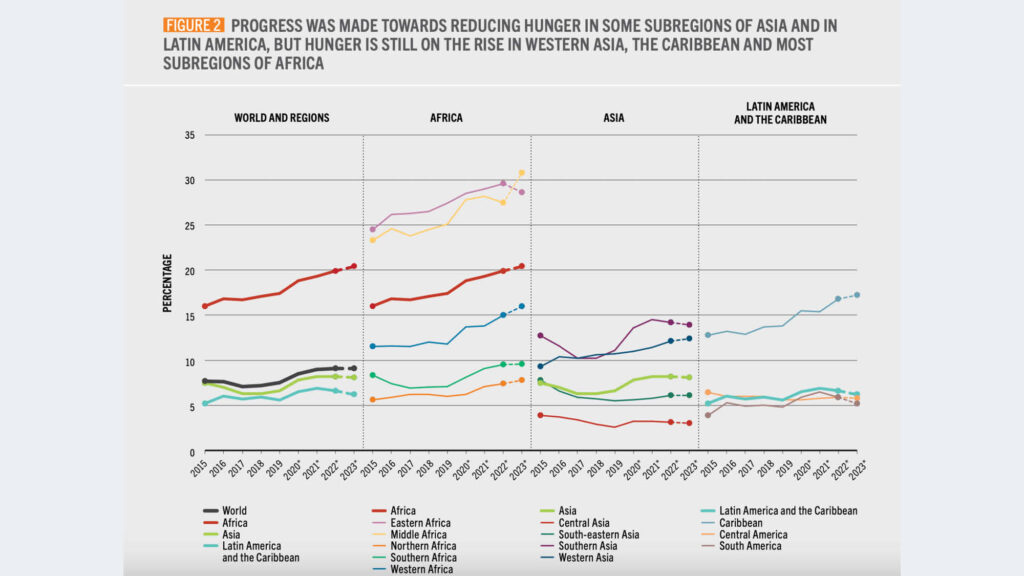The annual flagship report entitled “The State of Food Security and Nutrition in the World 2024”, released in July 2024, jointly prepared by the Food and Agriculture Organization of the United Nations (FAO), the International Fund for Agricultural Development (IFAD), the United Nations Children’s Fund (UNICEF), the World Food Programme (WFP) and the World Health Organization (WHO), provides concerning findings on the financing constrains for food security and nutrition, suggests innovative financing tools to accelerate progress on Sustainable Development Goal (SDG) Targets 2.1 and SDG2.2 and guidance for its implementation.
“Estimating the gap in financing for food security and nutrition and mobilising innovative ways of financing to bridge it must be among our top priorities.” – FAO, 2024.
Alarmingly, the report demonstrates that despite progress made in the past, hunger and food insecurity have recently risen significantly putting the world far from achieving SDG Targets 2.1 (ending hunger and food insecurity) and 2.2 (eradicating all forms of malnutrition). According to the report “between 713 and 757 million people faced hunger in 2023”, highlighting the hazardous trajectory our agrifood systems are currently on.
To remediate this situation, the report focuses on the current levels and gaps in financing for food security and nutrition. Resource mobilisation is crucial to ensure all people have access to safe, nutritious, and sufficient food.
What is the status of financing for food security and nutrition, and what are the financial approaches to achieve food security and nutrition goals?
Overview of global food security and nutrition
Regardless of efforts in some areas, the world remains off-track in ending hunger and food insecurity and eradicating malnutrition in all its forms by 2030. Indeed, the report highlights that, in 2023, there were 152 more people facing hunger compared to 2019. In 2023, 2.33 billion people were moderately or severely food insecure including 864 million dealing with severe food insecurity posing grave risks to their health and well-being.

